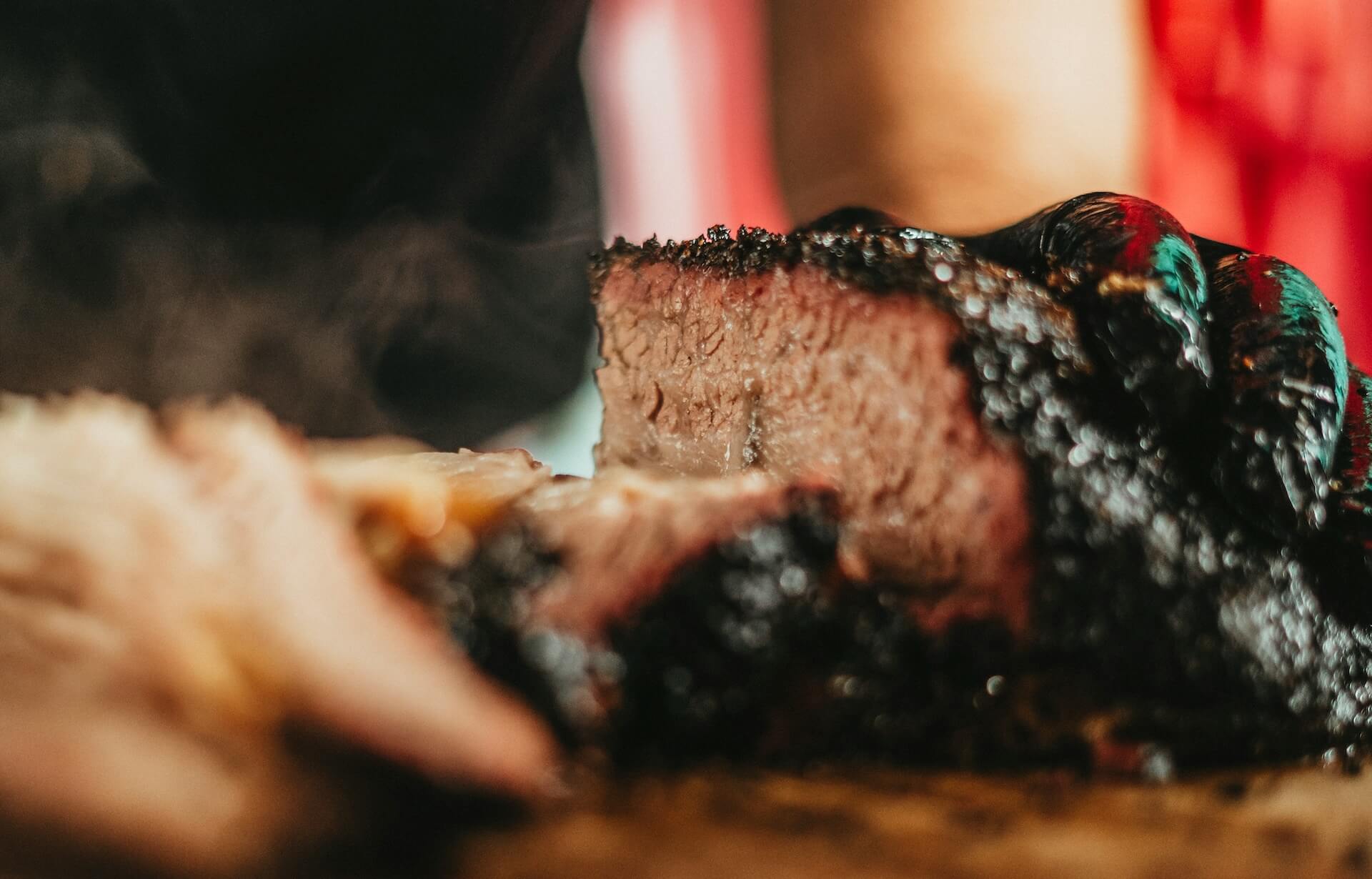Cooking Tough Cuts of Meat
Cuts like brisket, short ribs, pork shoulder, and lamb shanks are often considered “tough” because they’re full of connective tissue and collagen. But with the right cooking methods, these cuts can become the most flavorful, tender dishes you’ll ever serve. Mastering tough cuts is about patience, moisture, and heat control.

Why Tough Cuts Need Special Care
Unlike tender cuts such as steaks or chops, tough cuts come from hardworking muscles. They have more connective tissue that requires long, slow cooking to break down. Done right, collagen melts into gelatin, creating juicy, succulent meat that falls apart with a fork.
Best Cuts to Try
- Beef brisket – famous for barbecue and braising
- Short ribs – rich, meaty flavor, great for slow braises
- Pork shoulder (Boston butt) – the classic choice for pulled pork
- Lamb shanks – benefit from slow braising in wine or stock
- Oxtail – turns into silky stew meat with time
Cooking Methods That Work
Braising
Braising is the classic method: sear the meat first, then cook low and slow in liquid (wine, stock, tomatoes). The moist environment helps break down connective tissue while infusing flavor.
Smoking
Low-and-slow smoking transforms brisket or ribs into barbecue legends. By maintaining steady heat (95–120 °C / 200–250 °F) for hours, smoke penetrates the meat while collagen slowly melts. Wrapping in foil (“the Texas crutch”) can help keep meat moist.
Slow Cooker
A set-it-and-forget-it approach: tough cuts become tender over 6–10 hours on low heat. Perfect for weeknight meals with minimal effort.
Sous Vide
For precision, sous vide is ideal: cook meat in a sealed bag at a controlled low temperature (e.g., 68 °C / 155 °F for brisket) for 24–72 hours, then sear or smoke to finish. The result is unmatched tenderness without overcooking.
👉 Guide: Sous Vide - Precision Cooking at Home
Pressure Cooking
Pressure cooking is perfect for tough cuts when you want tender results in a fraction of the time. By cooking under high pressure, the boiling point of water rises, allowing connective tissue and collagen to break down much faster. Stews, carnitas or beef ribs that might otherwise take hours can be ready in under an hour — deeply flavored and fall-apart tender.
👉 Guide: Pressure Cooker – Fast, Flavorful, and Versatile
Tips for Success
- Trim but don’t over-trim fat – a little fat adds flavor and moisture
- Marinate or brine – acid, salt, or aromatics help tenderize and season deeply
- Be patient – rushing at high heat results in tough, chewy meat
- Rest before serving – 15–30 minutes under foil lets juices redistribute
Common Mistakes
- Cooking at too high a temperature → meat becomes dry before collagen breaks down
- Not enough liquid in braises → meat dries out instead of turning tender
- Skipping the sear → less flavor development before slow cooking
Conclusion
Tough cuts aren’t something to avoid — they’re an opportunity. With time and the right method, brisket, ribs, pork shoulder, and lamb shanks can become show-stopping dishes. Low heat, patience, and moisture are the keys to transforming these cuts into meals worth remembering.